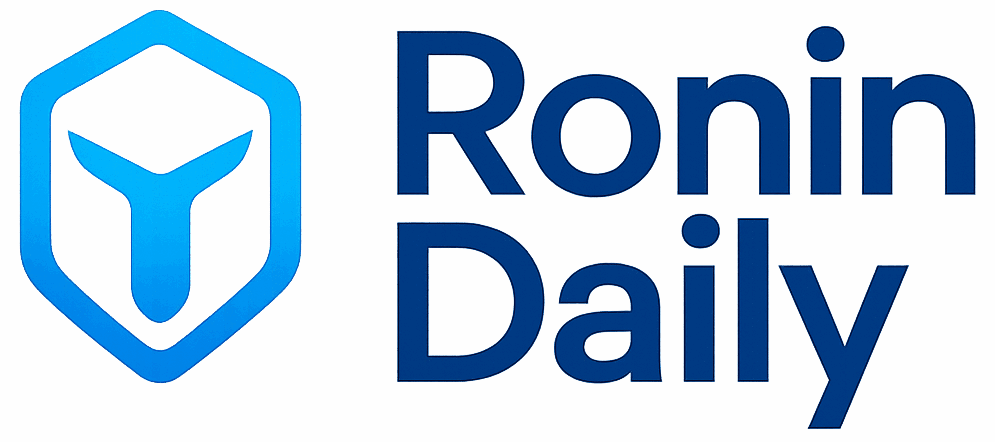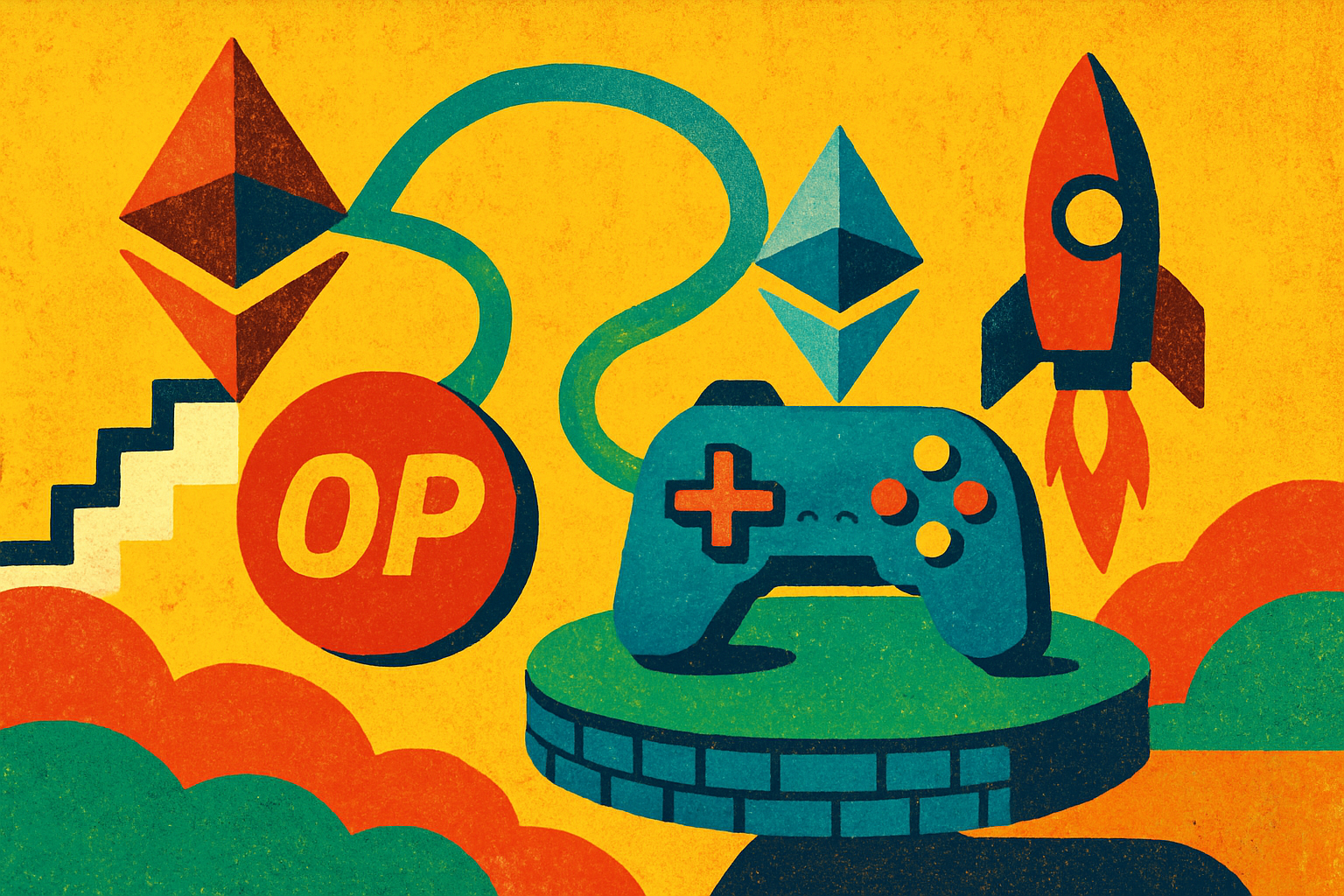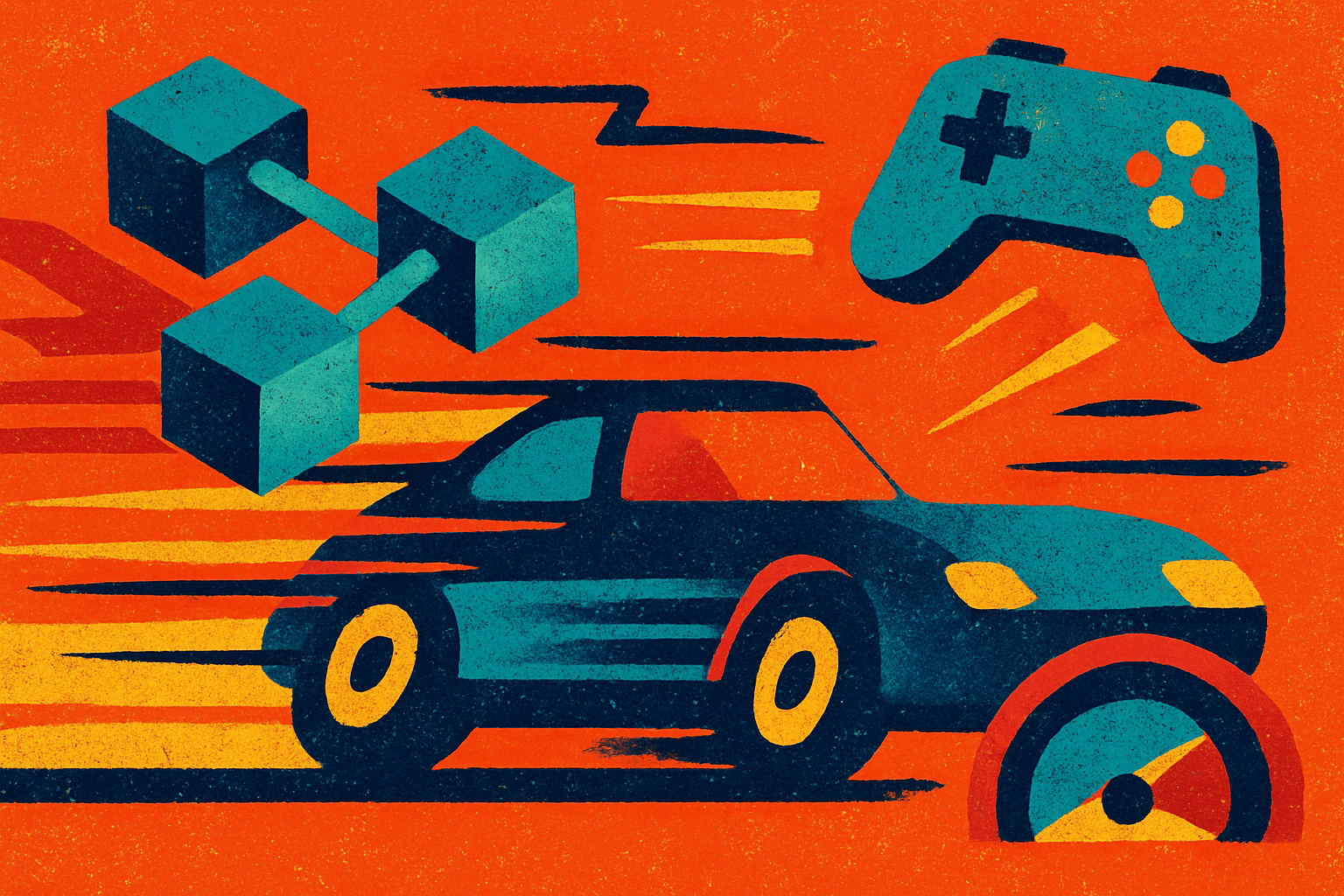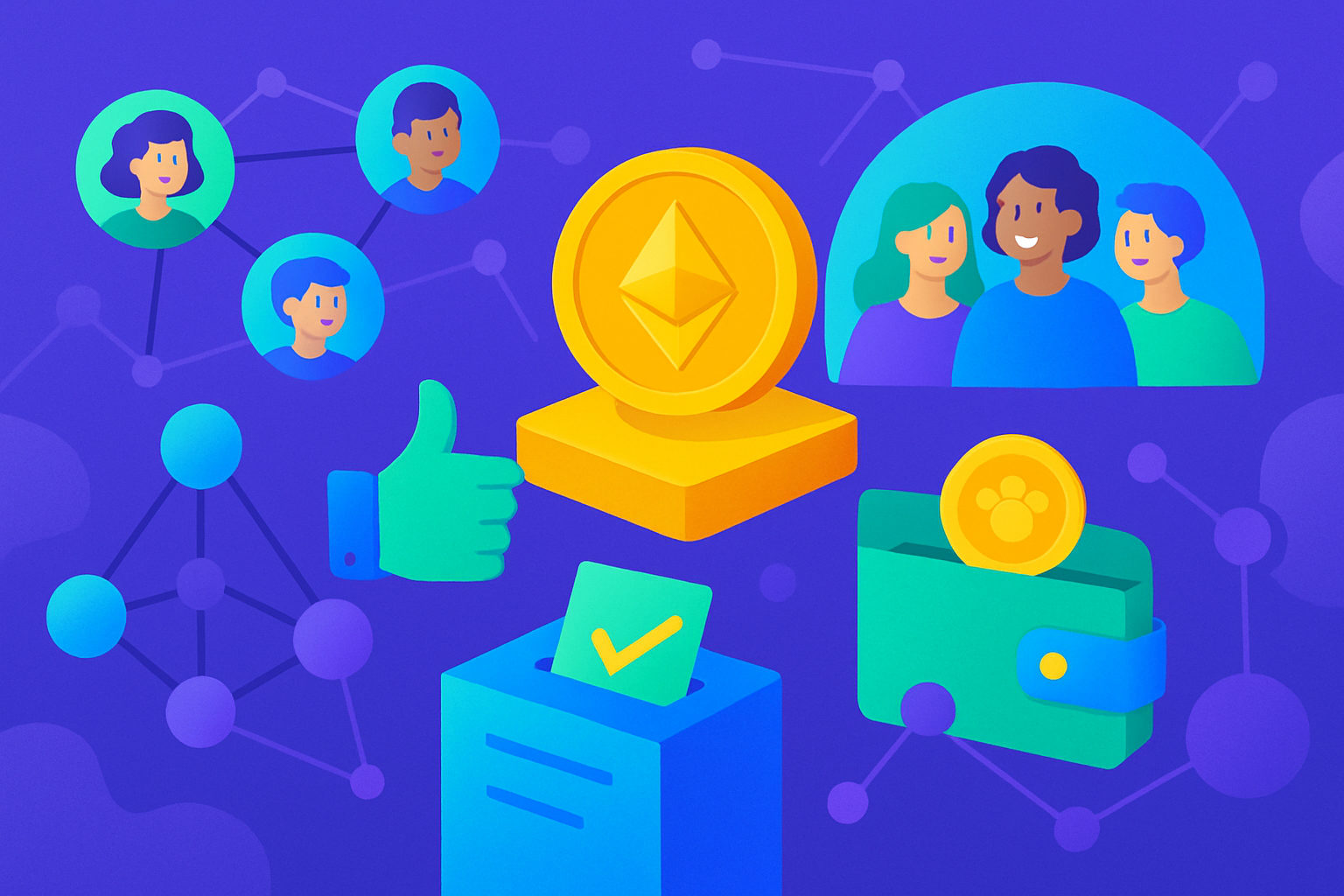
Ronin Network’s migration to Ethereum Layer 2 through the adoption of Optimism’s OP Stack marks a watershed moment for Web3 gaming. Once primarily known as the backbone for Axie Infinity, Ronin is now positioning itself as a scalable, secure, and developer-friendly L2 solution. This transition is not just a technical upgrade – it’s a strategic recalibration that signals Ronin’s ambition to become the premier platform for next-generation blockchain games and decentralized applications.
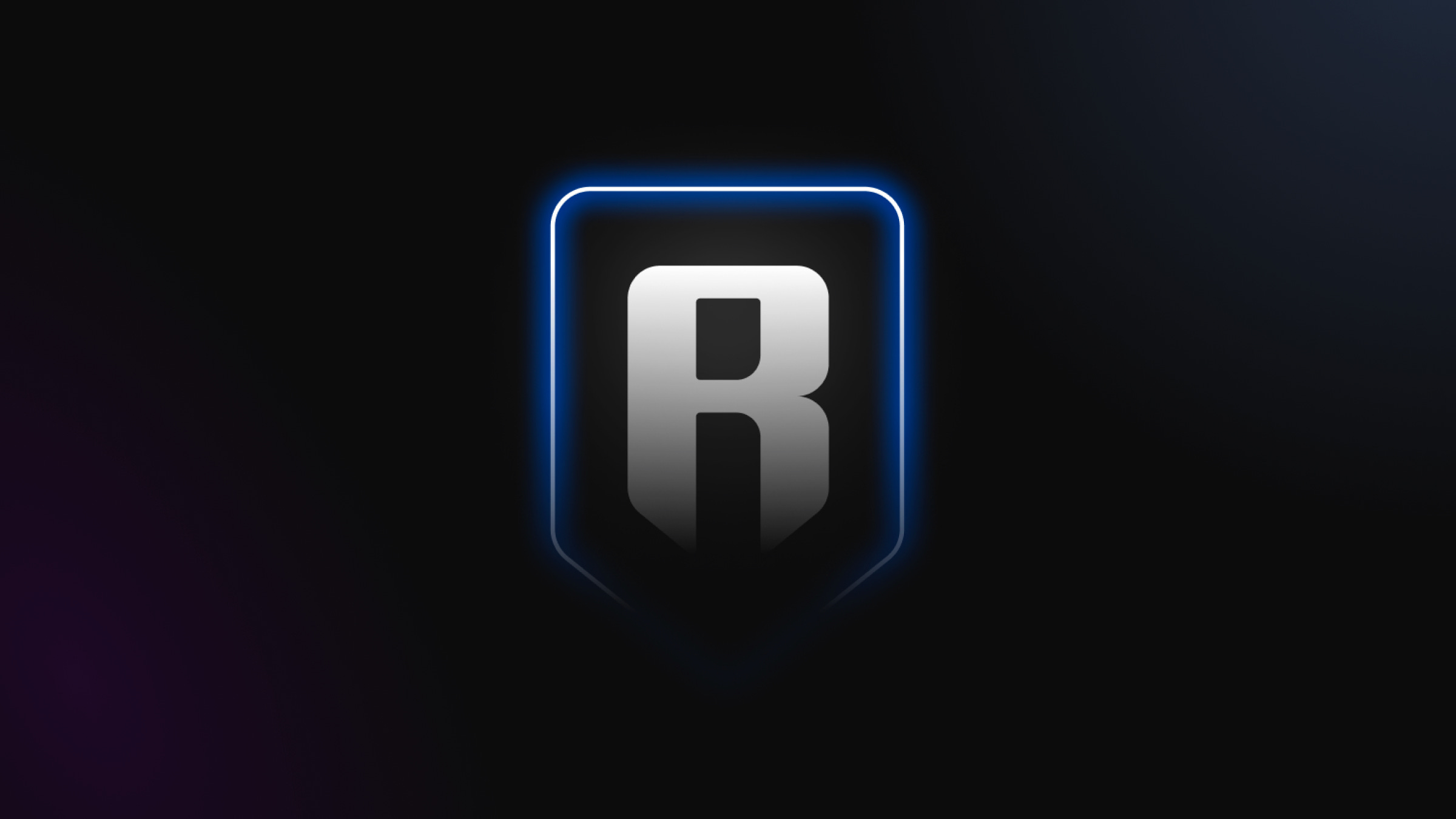
Why the OP Stack? Ronin’s Strategic Pivot
The OP Stack is a modular, open-source framework powering some of Ethereum’s fastest-growing L2s. By integrating this technology, Ronin is set to deliver block times between 100 to 200 milliseconds and throughput of up to 1 million transactions per second (source). For context, Ethereum mainnet averages 12-14 seconds per block, and even the most performant L2s rarely approach this level of finality. For Web3 game developers, this means near-instant in-game actions, seamless NFT minting, and frictionless onboarding for millions of users.
Ronin’s homecoming to Ethereum also unlocks deep interoperability with the broader ecosystem. As an L2, Ronin inherits Ethereum’s security model, making exploits like the infamous 2022 Ronin Bridge hack far less likely. This security boost is critical for studios and players alike, especially as games increasingly handle high-value assets and complex on-chain economies.
New Incentives: Fuel for Developers and Growth
The migration is about more than just speed and security. Ronin is now eligible for up to $7 million in milestone-based grants, funded by the Optimism Foundation, Eigen Labs, and Boundless. On top of that, developers building on Ronin can tap into allocations from the 850 million $OP Retro Fund, dramatically lowering the barriers to entry for new projects. Infrastructure discounts on block explorers, indexers, and oracles further sweeten the deal, making Ronin one of the most attractive destinations for blockchain game studios in 2025-2026.
Key Benefits of Ronin’s OP Stack Upgrade for Web3 Gaming and Developers
-
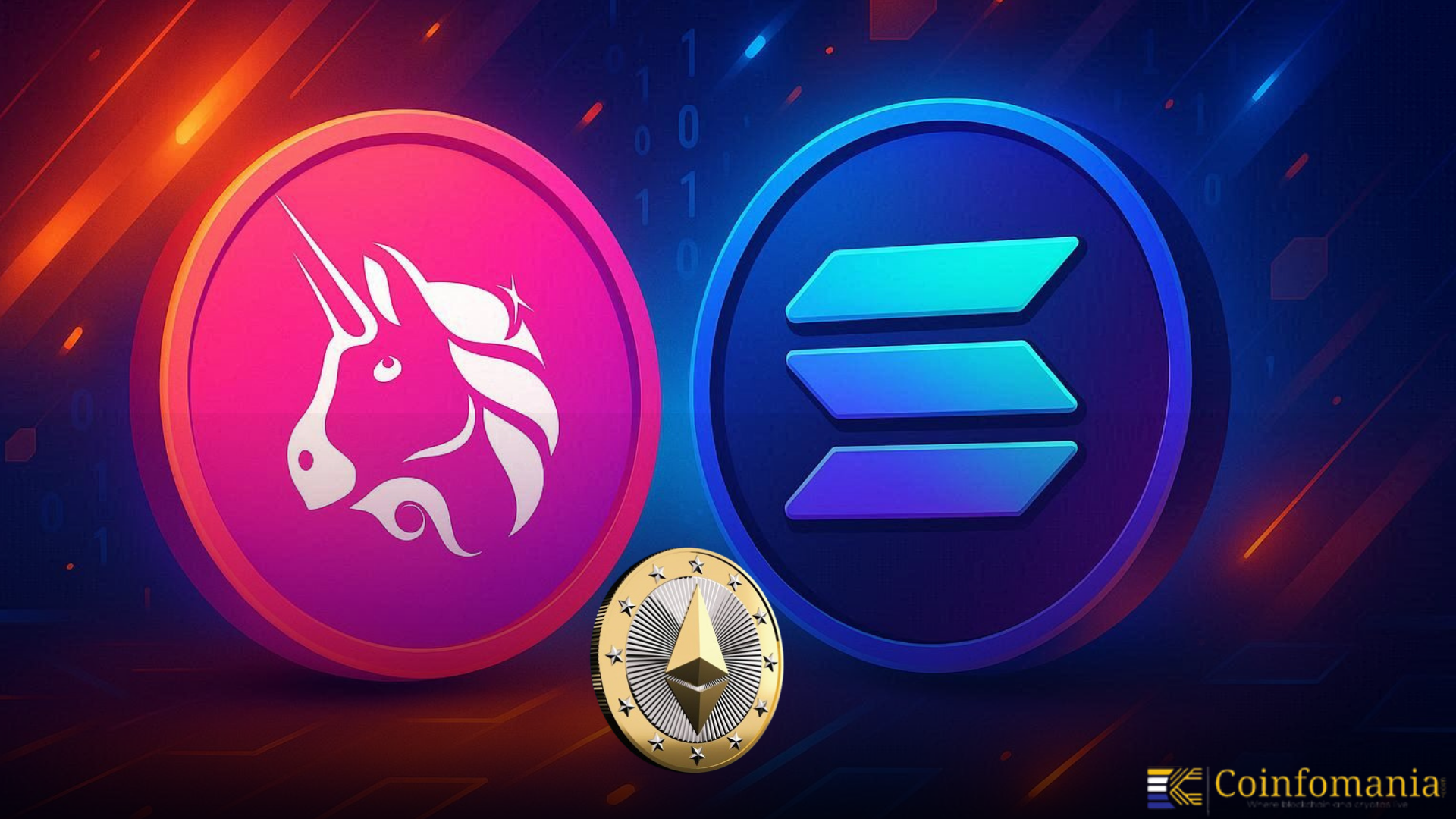
Ultra-Fast Transactions and Scalability: Ronin’s OP Stack integration delivers block times between 100–200 milliseconds and can process up to 1 million transactions per second, enabling seamless, real-time gaming experiences and supporting large-scale Web3 game launches.
-
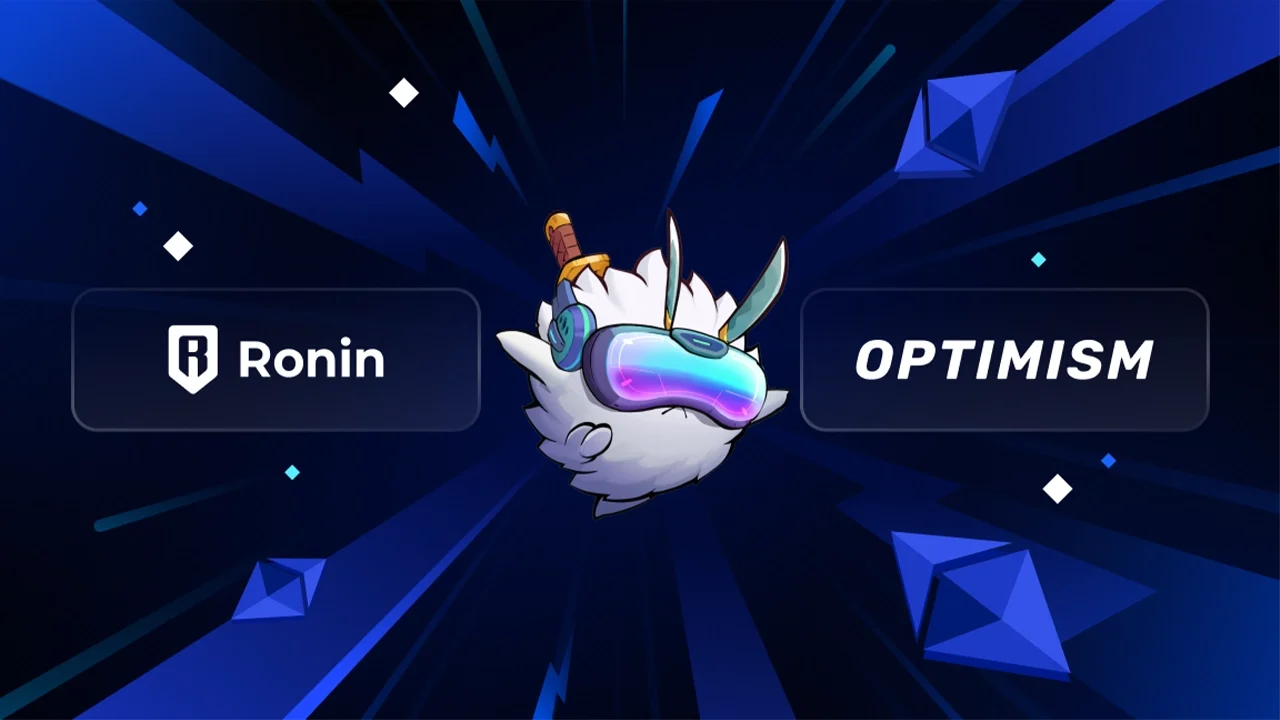
Enhanced Security through Ethereum Layer 2: By transitioning to an Ethereum L2, Ronin inherits Ethereum’s robust security framework, significantly reducing the risk of exploits and providing a safer environment for both developers and gamers.
-
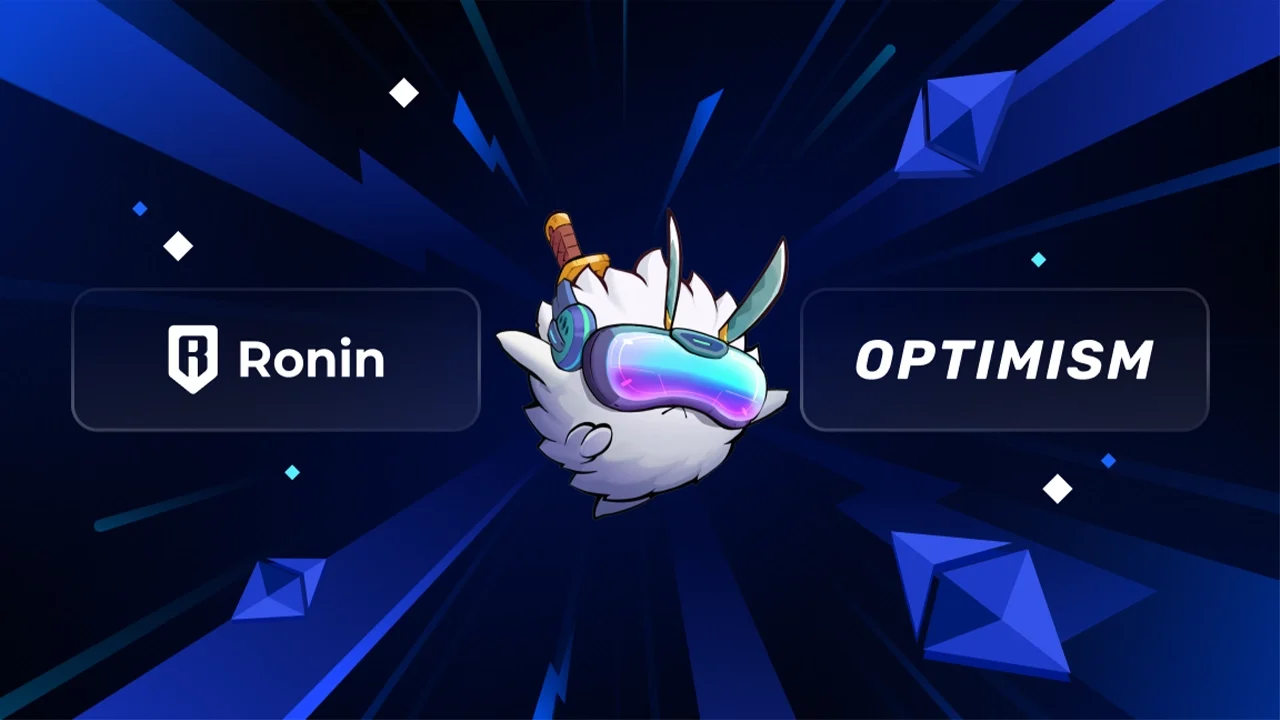
Access to Substantial Developer Grants and Incentives: The migration unlocks up to $7 million in milestone-based grants from the Optimism Foundation, Eigen Labs, and Boundless, plus eligibility for allocations from the 850 million $OP Retro Fund—fueling innovation and growth for Web3 game developers.
-
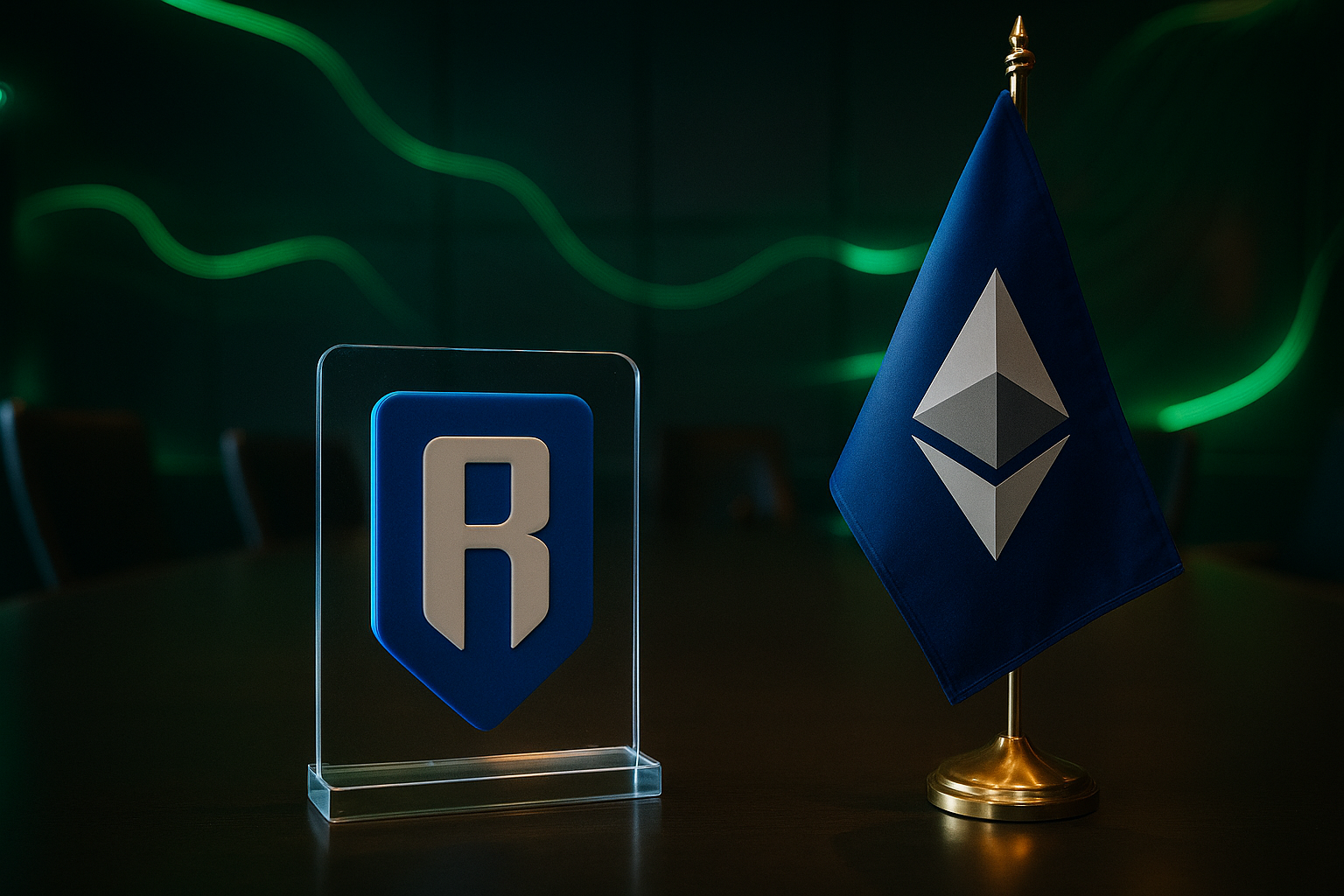
Integration with the Superchain Ecosystem: Ronin’s move connects it to the Optimism Superchain, giving developers access to a broader community, shared infrastructure, and ecosystem-wide tooling such as block explorers, indexers, and oracles at discounted rates.
-
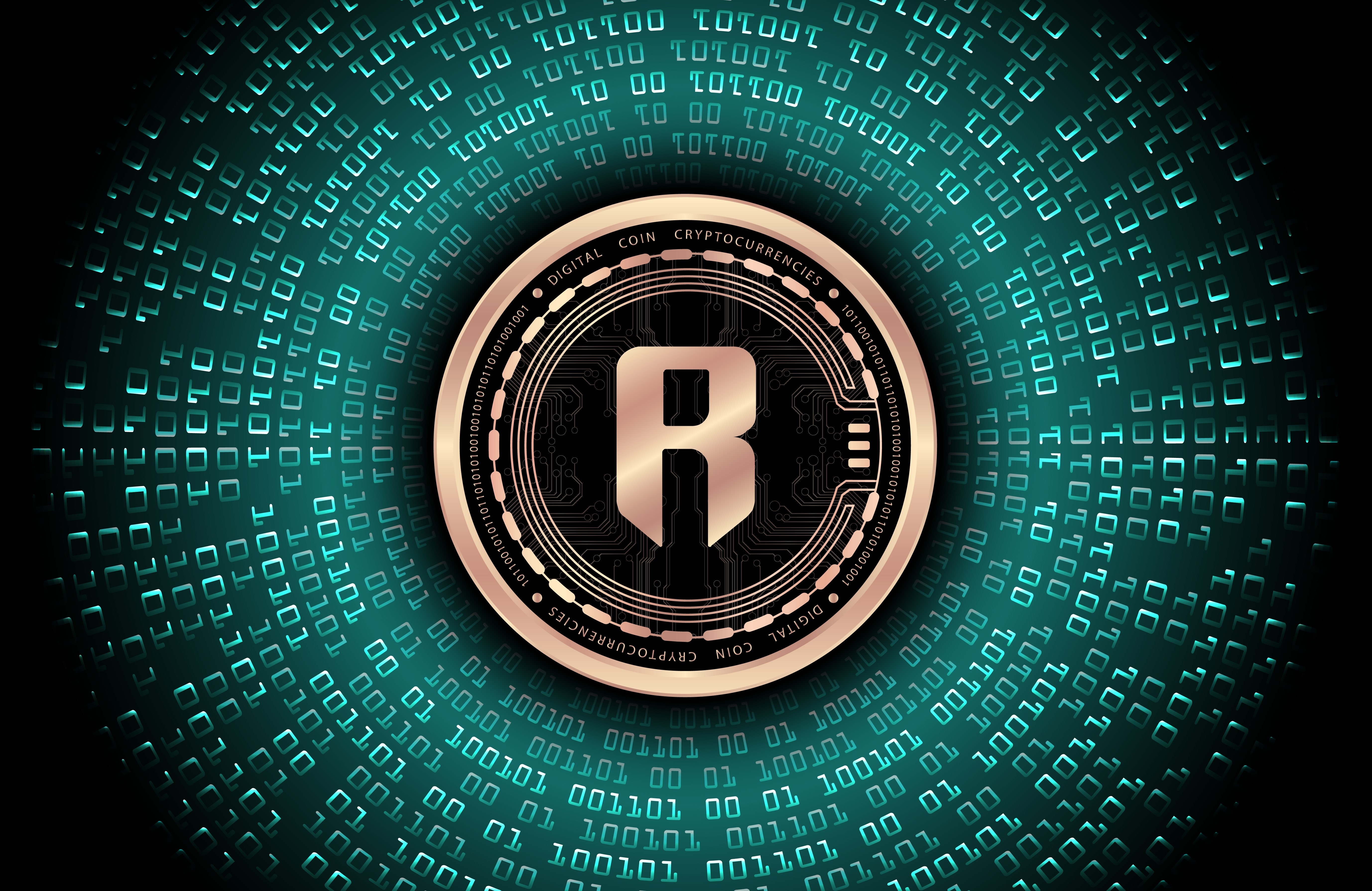
Improved User Experience for Gamers and Developers: With lower transaction fees, faster confirmation times, and a more secure network, both players and builders benefit from a smoother, more reliable Web3 gaming environment.
For the Ronin Network, this is a calculated bet on network effects. By connecting to the Superchain and Ethereum’s vast liquidity, Ronin can attract not just existing NFT games but also DeFi protocols, metaverse projects, and novel dApps. The result: a snowball effect where more users and developers mean richer experiences and greater value for the entire ecosystem.
What Does This Mean for $RON Token Holders?
At the time of writing, Ronin (RON) trades at $0.3780, with a 24-hour change of and $0.003020 ( and 0.008060%). For token holders, the upgrade brings both stability and upside potential. There’s no required action – $RON remains the native gas token, but the underlying network will soon be dramatically faster and more secure. As transaction speeds increase and developer incentives kick in, demand for $RON as a utility token could rise, especially if new games and dApps drive higher network activity.
Crucially, by joining the Superchain, Ronin is no longer an isolated sidechain but an integral part of Ethereum’s expanding L2 universe. This could open up cross-chain opportunities for $RON holders, including staking rewards, governance participation, and easier access to liquidity across DeFi platforms.
The Road Ahead: From Gaming Sidechain to Web3 Powerhouse
The full transition to Ethereum L2 is expected by Q1-Q2 2026. Until then, developers can start experimenting with OP Stack features while players enjoy a smoother experience on existing titles. For those building at the intersection of gaming and blockchain scalability, Ronin’s upgrade is a signal that high-performance Web3 experiences are no longer just theoretical – they’re arriving now.
This new era for Ronin Network is not just about technical prowess, but about unlocking a fundamentally new design space for Web3 gaming and decentralized applications. By leveraging the OP Stack’s modularity, developers gain the flexibility to customize execution environments, data availability, and settlement layers. This means studios can tailor their infrastructure to suit anything from high-frequency in-game microtransactions to complex NFT economies, without compromising on speed or security.
“The adoption of OP Stack by Ronin signals a maturation of the Web3 gaming sector. It’s no longer enough to be fast or cheap, the next generation of platforms must also be composable, interoperable, and deeply connected to Ethereum’s liquidity and developer base. ”
For developers, the migration dramatically lowers the friction associated with onboarding new users. With block times slashed to sub-200ms and gas fees minimized, onboarding flows can finally match the seamlessness of traditional mobile or PC games. This is a critical step for mainstream adoption: players expect instant feedback and zero waiting times, now achievable at scale on Ronin L2.
Superchain Synergies: What Integration Unlocks
The integration with Ethereum’s Superchain ecosystem is particularly significant. By aligning with other OP Stack-powered L2s, Ronin benefits from shared infrastructure upgrades, coordinated security enhancements, and cross-rollup interoperability. This opens up possibilities like universal NFT marketplaces across chains, shared liquidity pools for in-game assets, and even collaborative events between games on different L2s.
For game studios deciding where to launch their next title or NFT collection, these network effects are a major draw. Not only do they gain access to Ronin’s player base, still anchored by Axie Infinity, but they also plug into Ethereum’s broader community and capital flows. In turn, this can drive more diverse gameplay experiences, richer economic models, and ultimately greater value accrual for both developers and players.
Challenges Ahead, and Why They Matter
No migration of this scale is without risk. Developers will need to adapt smart contracts and backend systems to take full advantage of OP Stack features. There are also open questions around long-term governance as Ronin shifts from being a walled garden sidechain to an open L2 within Ethereum’s orbit. However, these are challenges worth embracing given the upside potential.
For those tracking $RON price action, it’s worth noting that volatility may increase as market participants price in future growth prospects versus short-term uncertainty. As of now, $RON trades at $0.3780, reflecting cautious optimism as the upgrade narrative gains traction among investors (learn more here).
The coming quarters will be pivotal, not just for Ronin Network but for the entire landscape of Ethereum Layer 2 gaming. If successful, this migration could serve as a blueprint for other application-specific chains looking to join forces with Ethereum’s modular scaling vision.
Ronin’s journey, from Axie Infinity sidechain experiment to Superchain-enabled powerhouse, demonstrates how thoughtful protocol upgrades can catalyze entire sectors. For builders seeking scale without sacrificing security or composability, the message is clear: the future of Web3 gaming is modular, and it starts now on Ronin Layer 2.
